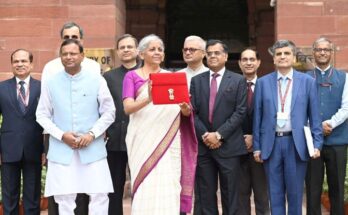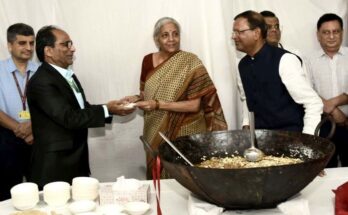All living organisms are the reflection of the genes they are born with and genes evolve over generations. The basis of evolution is variation and natural selection of the better variant. Agriculturists have been using this phenomenon for selecting variants with desirable traits in crop plants. The panicle of rice, cob of maize, watermelon or tomatoes consumed today are a far cry from their ancestors that were smaller, hardier, fatty, fibrous and not so flavourful. The natural changes that occurred over generations are the foundation of plant diversity, drive evolution and continue to provide opportunities for adaptation to new environments and changing climates. As farmers learnt more about the biology and genetic basis of traits, they were able to produce variations using chemicals and select for the desirable features. Thus, expediting the process of crop improvement.
Breeders also learnt how some features were linked in a crop, therefore changing one impacted the other positively or negatively, as the case may be. Traditional breeding utilises natural variation or chemically induced mutations for making crosses but the laborious process of selection and multiple crosses to take out undesirable features takes a decade or more for annual crops and much longer for other plants. For example, breeding disease-resistant apples with the right size and flavour took 50 years. The 21st century brought extensive advancement in the science of genome sequencing and genomics with the sequence being available for major crops around the globe. This in-depth information led to marker-assisted selection that helped make plant breeding more efficient.
Plant breeders are always looking for tools to remove crossing barriers, accelerate steps of breeding and improve precision and efficiency in their crop improvement programmes. The information generated by all the breeding tools like trait selection, producing variation, genetic information, associating genetic information with desirable features, has enabled breeders today to make precise changes in a well-studied gene in a short period of time. This is being done using the latest plant breeding tool of gene editing. Gene editing can make changes precisely in genes of interest. Or it can make small changes to imitate the function of a similar gene in another relative of the crop that would take multiple generations in traditional breeding. No external genetic material is added and the improvement involves only the plant’s own genes.
You may also like to read: Gene editing revolutionising agriculture through improvement in crops
Long-established safeguards and processes are in place in the plant breeding to effectively handle unintended changes. Only plants that have the desired characteristics are selected and taken further in the process to develop new crop varieties that are cultivated in farmers’ fields. Whether the breeding process has only used crossing and selection or marker-assisted selection or gene editing, plant breeders identify and remove plants showing any unintended feature. These undesirable variants can be identified through their physical attributes or using modern molecular techniques by the breeders.
The success of the gene-editing tool is demonstrated by the multiple improved crops already available in the market, some examples are healthy oil soybean, non-browning mushrooms and high GABA tomatoes. Many more varieties of improved staples, oilseeds, vegetables and berries are expected in the farmers’ field in near future.
Since gene editing is based on the genetic information of the plant and the associated function, its end product is very similar to the one developed using traditional breeding processes. Though the process of generating the change is different the final product is often indistinguishable from traditionally bred plants.
The information available to the scientists and breeders continuously grows and so would the availability of newer breeding tools like gene editing. This will allow them to make more informed choices in the breeding and selection of plants to address global issues, including climate change and hunger.
(Dr. Ratna Kumria is the Director- Biotechnology with Alliance for Agri Innovation. Views expressed in the article are the author’s own. Agriculture Post doesn’t assume any responsibility or liability for the same.)




